I’ve long said that picture books are the commercials of novel writing, meaning that like TV commercials picture books tell a complete story in a short amount of time.
I ran across this marketing article which provided more information on why shorter is often better.
In it (an ironic 10min read), the author @PamelaBump reports that ads of 30 seconds or less have become the norm. As a picture book writer this grabbed my attention. And so I began reading it with an author’s eye, finding similarities between these successful commericials and picture books.
Here are a few things I noticed:
-
“These brands also had to create content that would memorably stand out in a chaotic stream of other insanely high-priced ads.”
A picture book manuscript must also stand out in the crowd. Agents and Editors receive hundreds of submissions monthly (some daily). Therefore they have to be very discerning, because when it comes right down to it their audience is also very discerning and not willing to part with less than $20 for a book that doesn’t stand the test of time.
-
“Even if you’re highly skilled in creating videos that are 30-seconds or less, you might also worry about the research-backed fact that the average viewer only pays attention to online content for eight to 12 seconds.”
Eight to Twelve Seconds! I’m assuming this is the scrolling attention span, but nonetheless… wowzers! In the picture book world these are the adults. The gatekeepers. So almost at a glance a decision will be made to pick up and read the whole 32 pages. This is also true of the intended audience 4-8 year olds!
“This year, while many brands that bought Super Bowl ad slots of 30 seconds or less relied on quick celebrity cameos, extreme stunts, nonsensical humor, and insanely expensive special effects to grab attention, some companies actually delivered bite-sized commercials that boosted brand awareness with clever, informative, or incredibly memorable storylines.”
I’ve noticed an increase in ‘celebrity’ authors, as opposed to celebrity authors, authors who have become celebrities through their volume of work. Pop stars, Hollywood stars, Political Stars etc. bring instant name recognition to a project and exposure that even well known authors can not. Celebrity authors may not have the staying power of kid lit authors, but they bring in quick cash. And after all, publishing is a business. Additionally, picture books rely on many of the same devices employed by the 30 second ads… nonsensical humor, special effects, clever, informative, or memorable storylines.
Pamela Bump went on to showcase seven successful Super Bowl ads from this year. You can read the full descriptions in her article. Paraphrasing Bump, I’m going to mash up the commercial with a writing tip.
- Hulu: Tom Brady’s Big Announcement … suprise ending! Just when you think you have the story figured out… surprise!
- Mountain Dew: As Good As The Original? Spoof the nostalgic. Convince the skeptic that the new is better than the classic. To do this well, you have to know the classics first. Read widely. Read currently. Read classically.
- Olay: #MakeSpaceForWomen Poke fun at outdated stereotypes. #empowerment is more than just a hashtag. Empower children to be more, be better, be themselves.
- Cheetos: MC Hammer Where It All Began Unseen moment in history… tell an interesting story that no one’s heard before (even if it’s not true). Historical fiction plays a big role here.
- Weather Tech: Lucky Dog Tell a story you are passionate about. Find your passion. Write your passion. Share your passion. You might be surprised to learn that others have the same passions.
- Pop Tart Fixes the Pretzel Innovation. Revitalize a traditional problem/solution (or any other) format. Use humor, satire, wit to your advantage. When writing, ask yourself… is there another way? Dig deep. Don’t settle on the first or second, or even the fifth idea. The best ideas are the ones no one’s done before.
- Planters: Baby Nut Bizarreness makes it memorable. Don’t be afraid to go out on a limb! Go with it. Get crazy. Let your inner muse play.
Now that you’ve finished your masterpiece, will your manuscript pass the 30 second test? Work on your pitch. Polish that query. Remember you only have 30 seconds to impress an agent or editor and make that sale!






























 written and illustrated by Susie Lee Jin (Simon & Schuster, 2016)
written and illustrated by Susie Lee Jin (Simon & Schuster, 2016)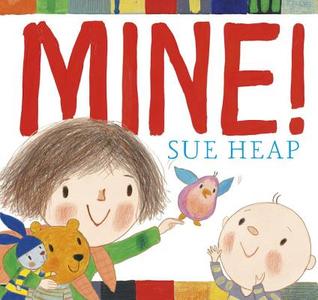

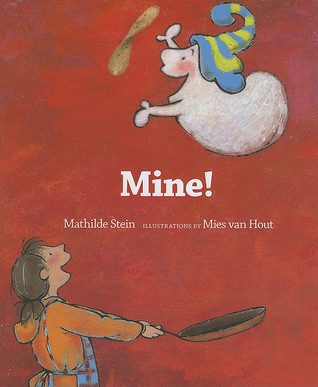
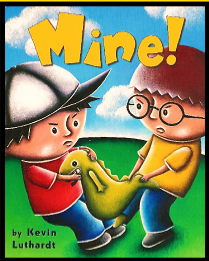
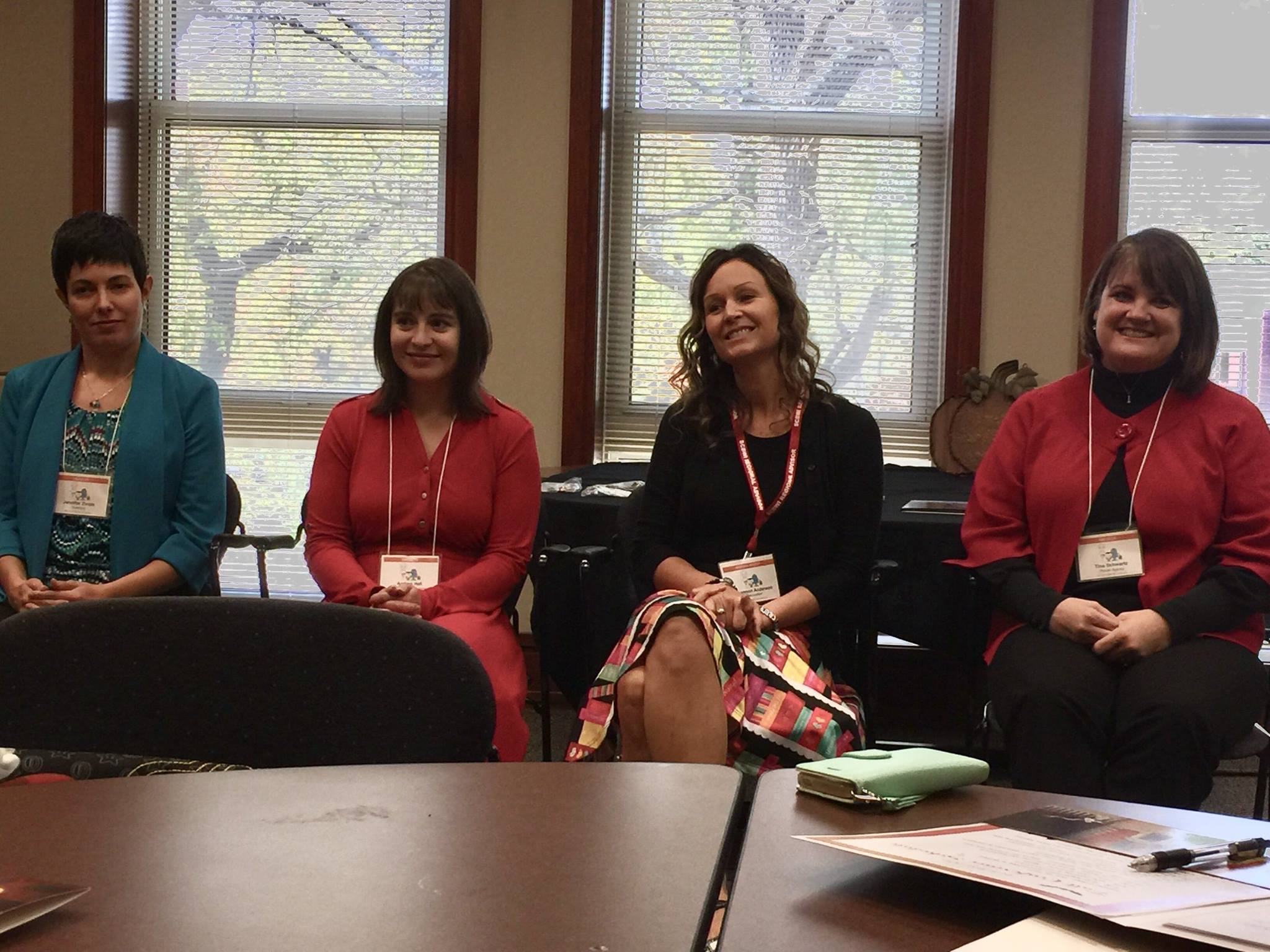


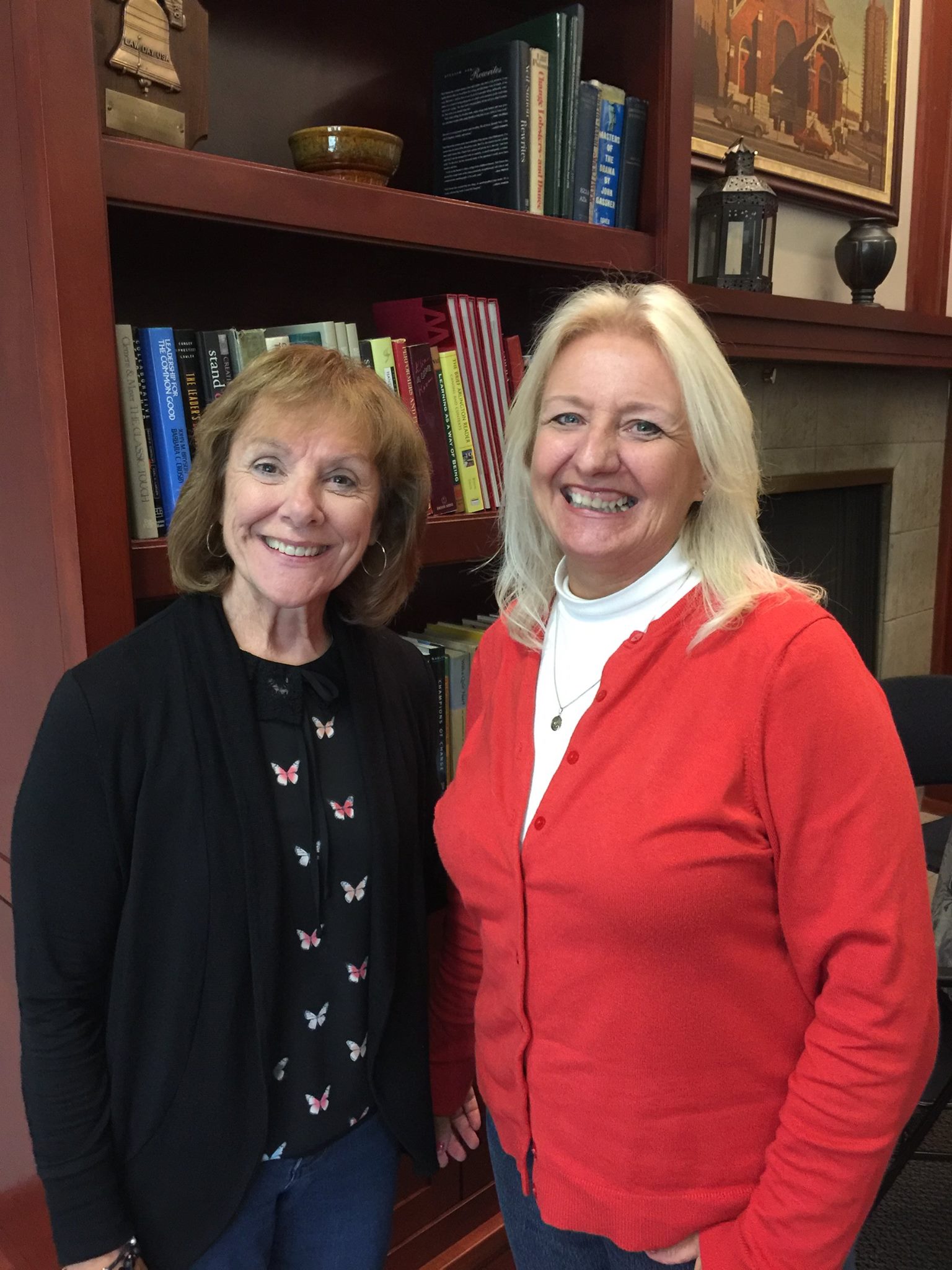







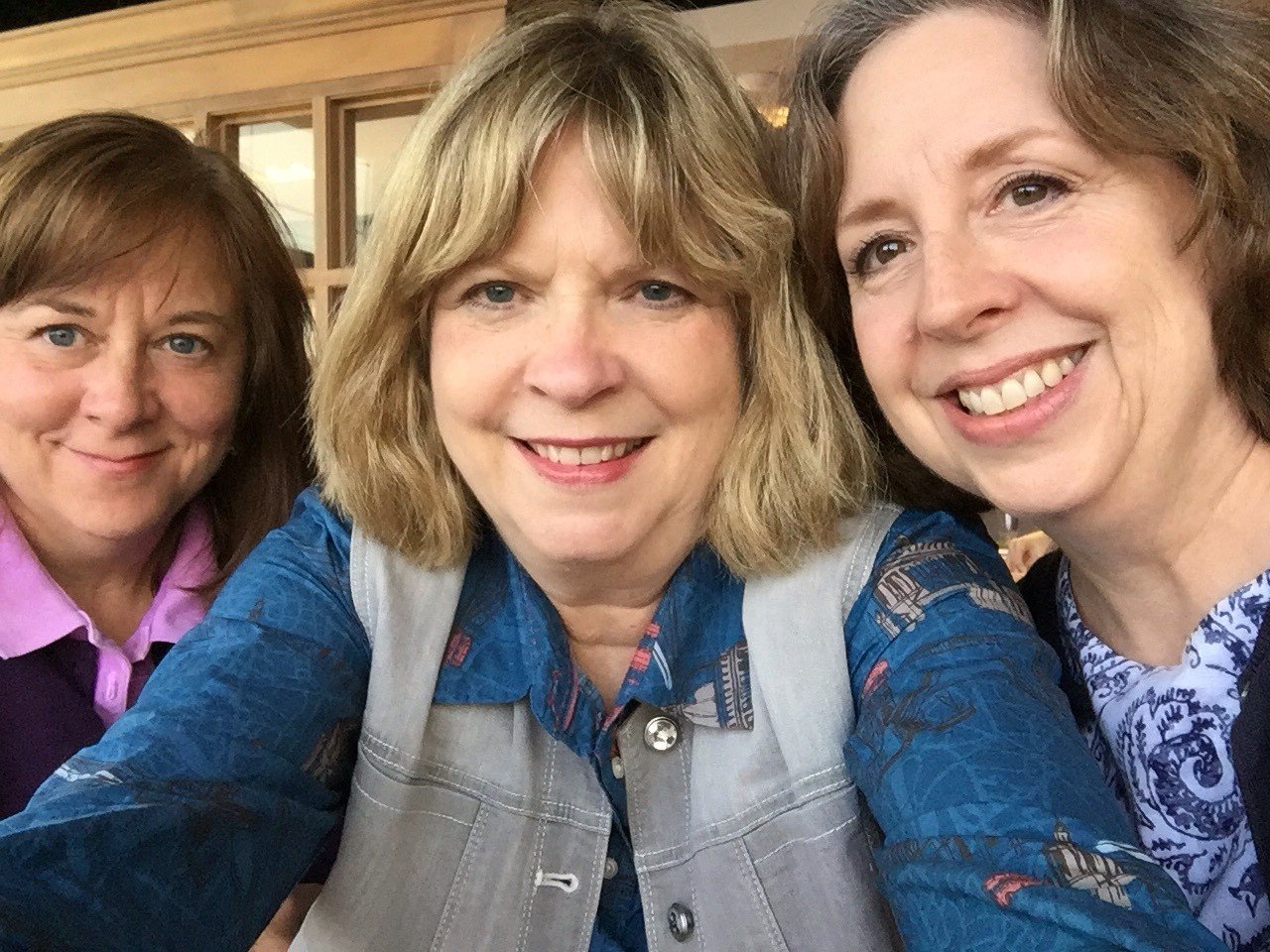





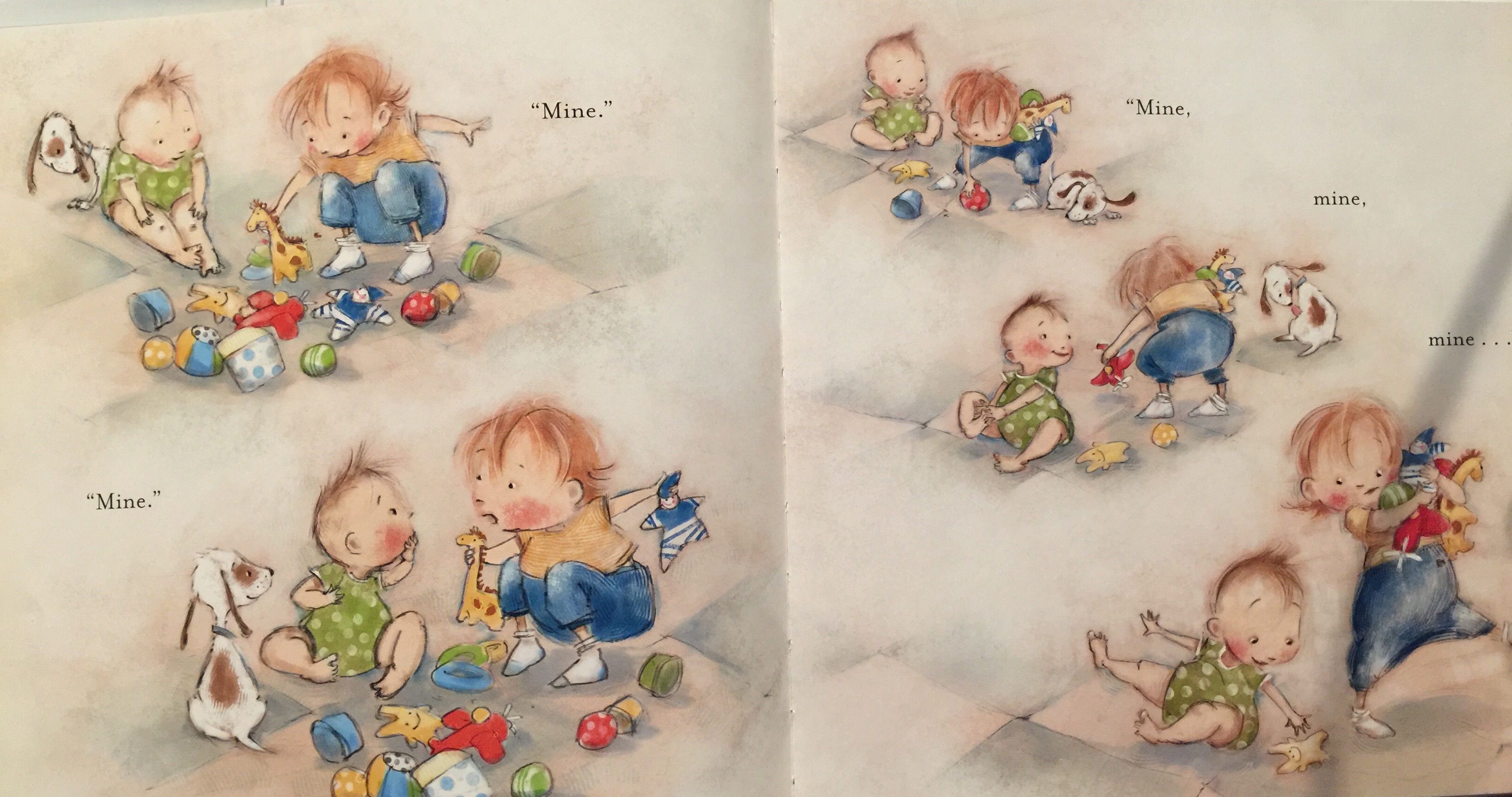

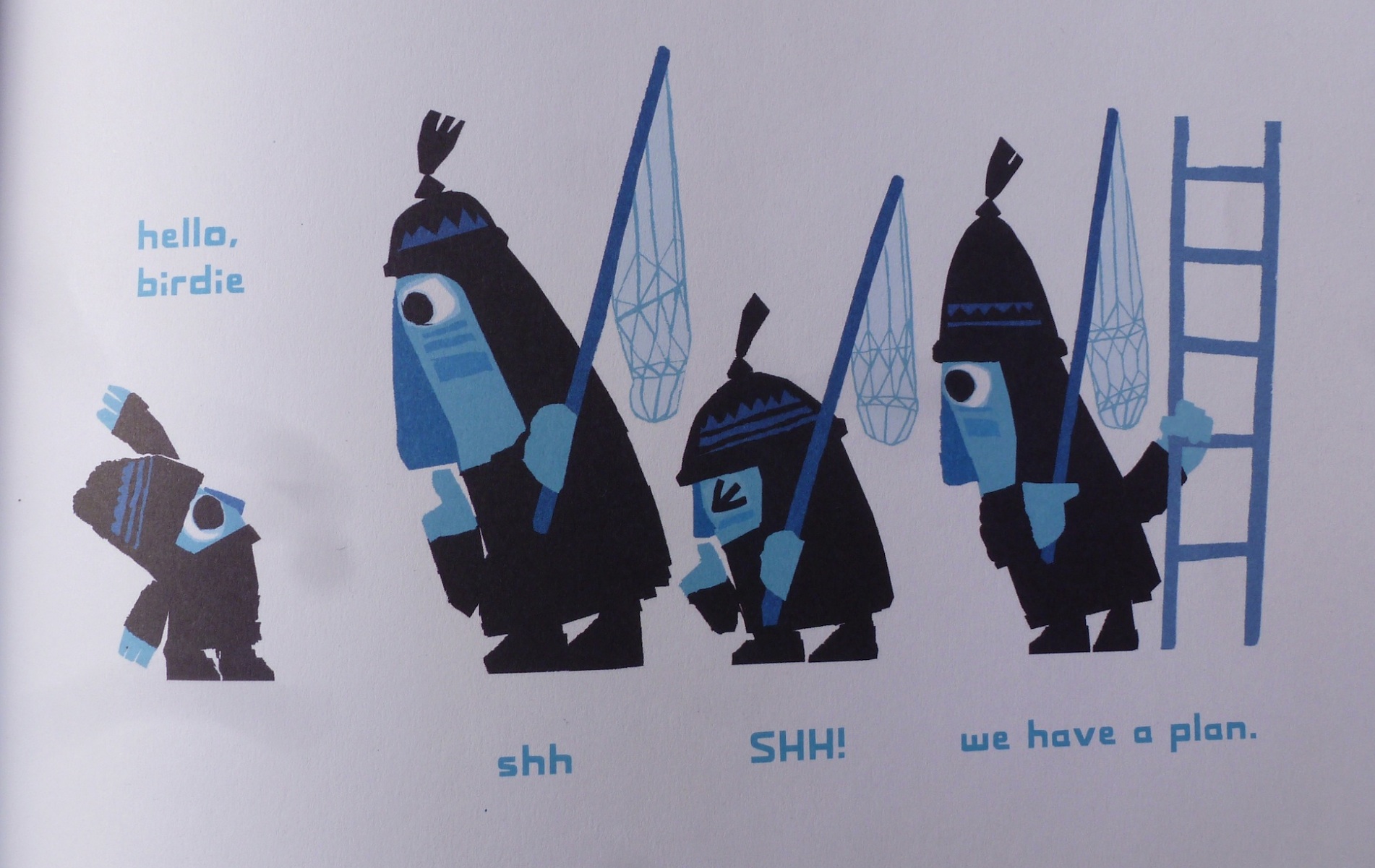

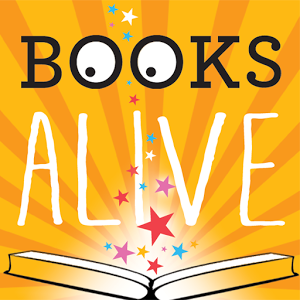 Yay! I did it!
Yay! I did it!






